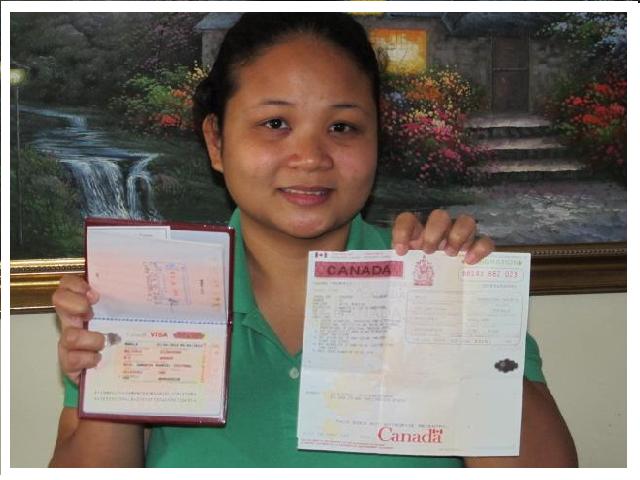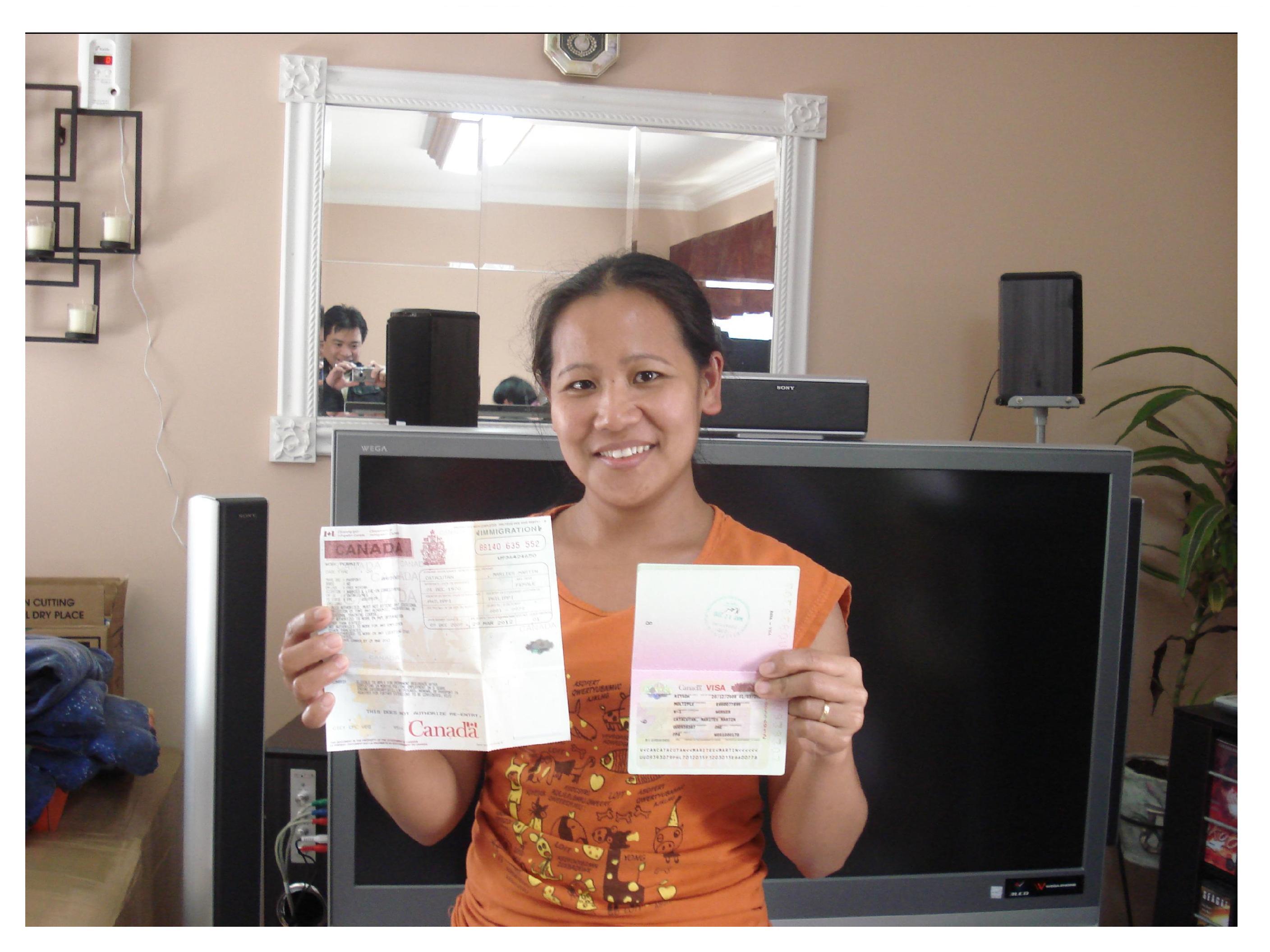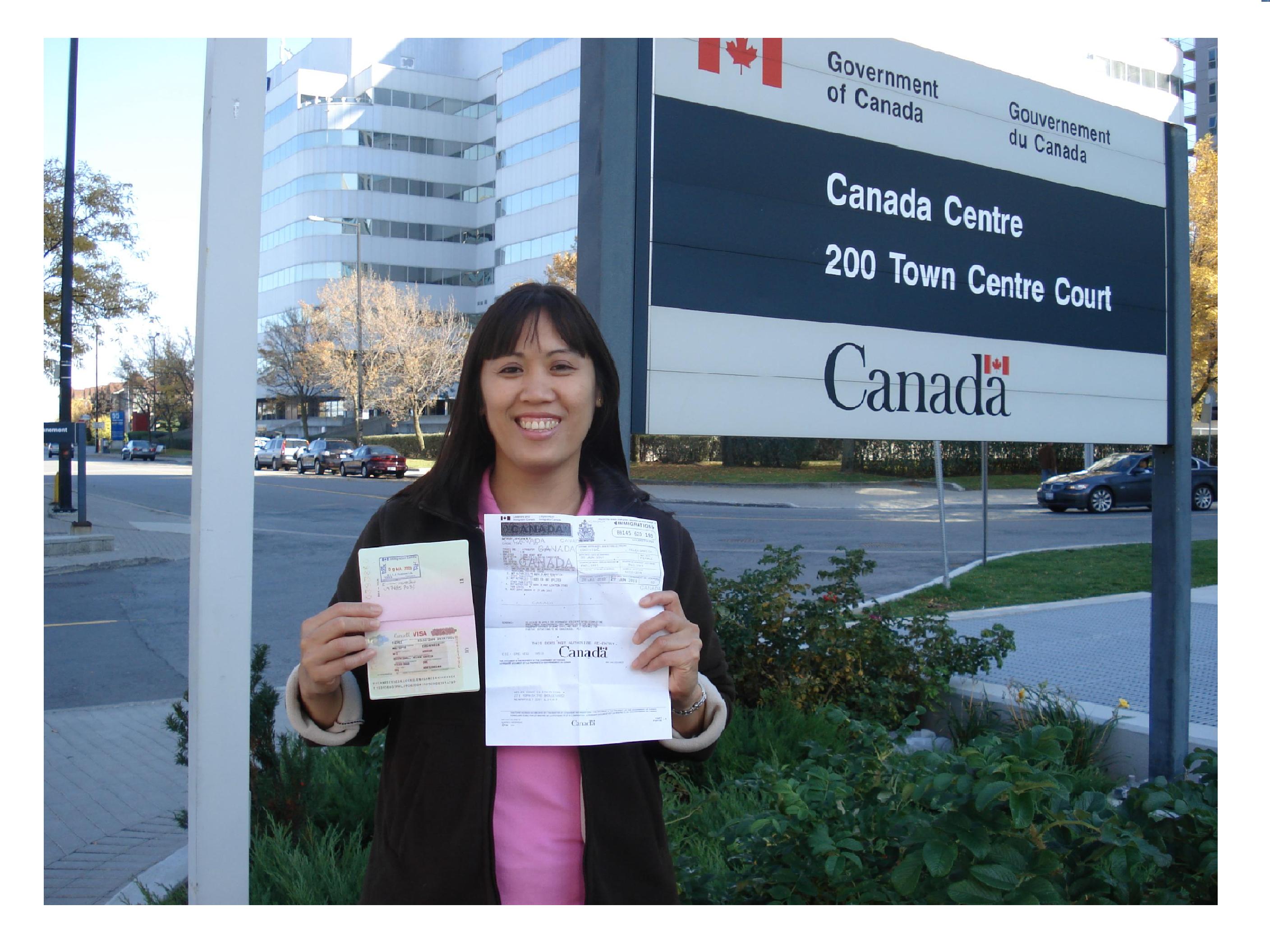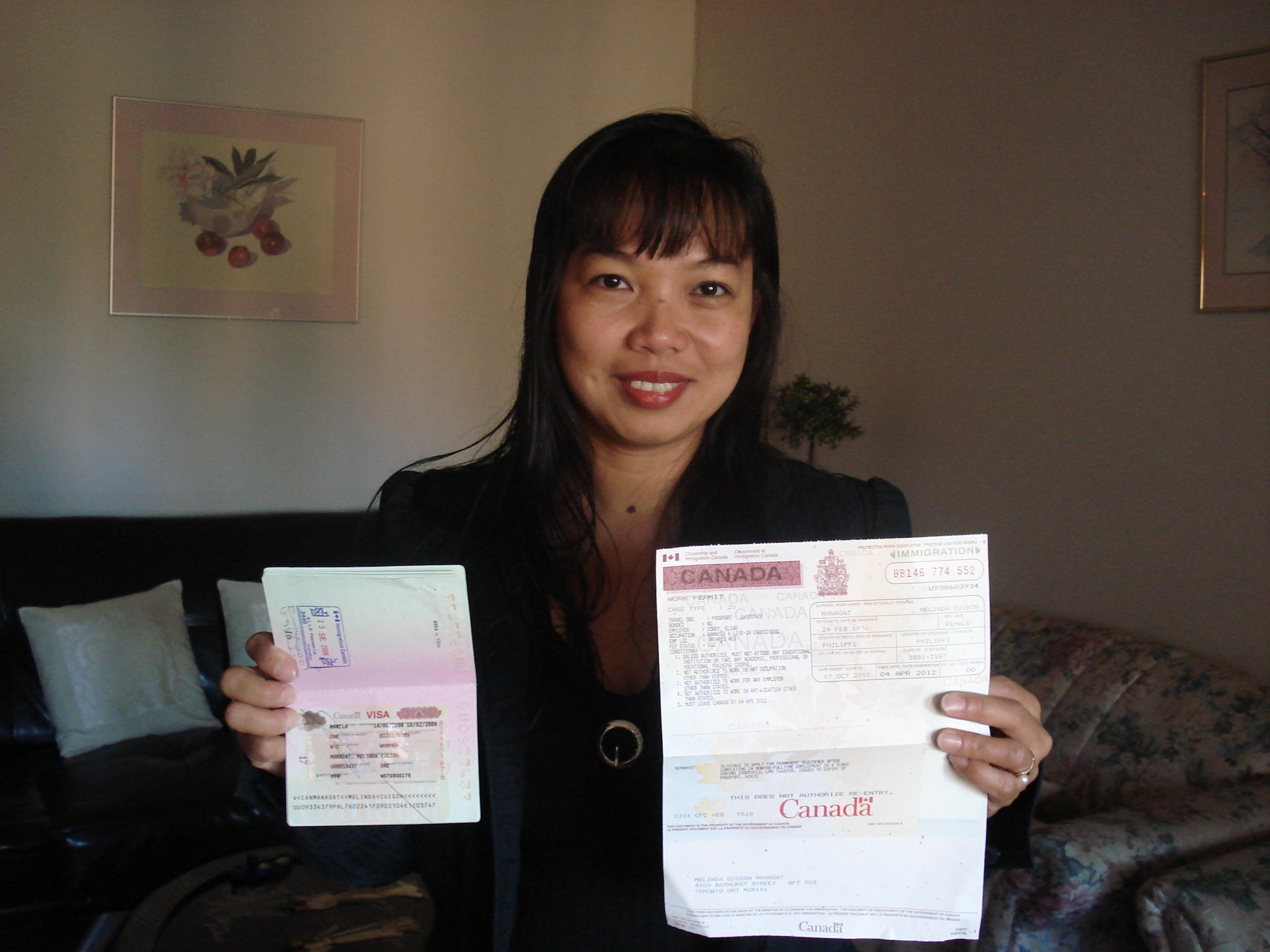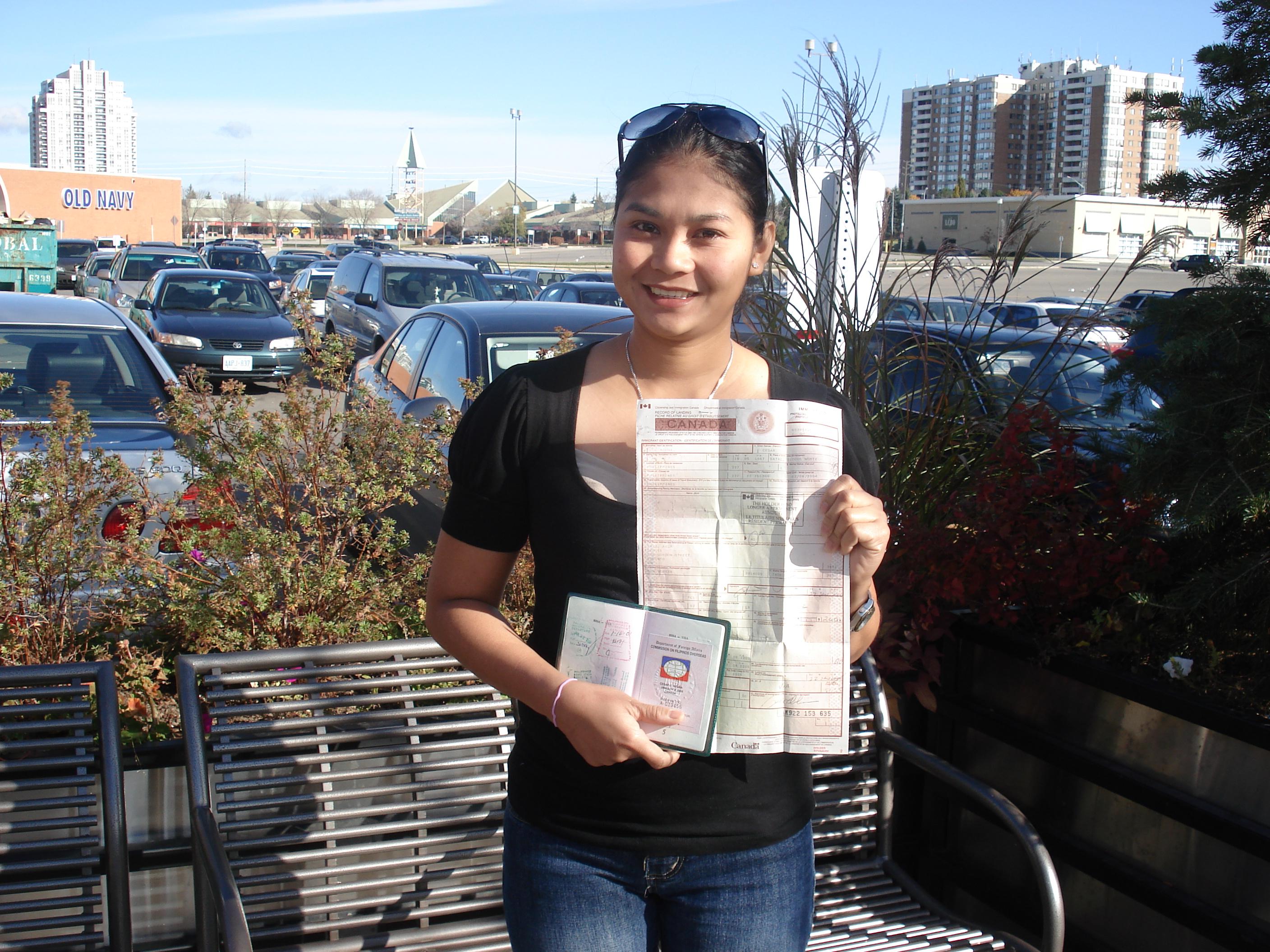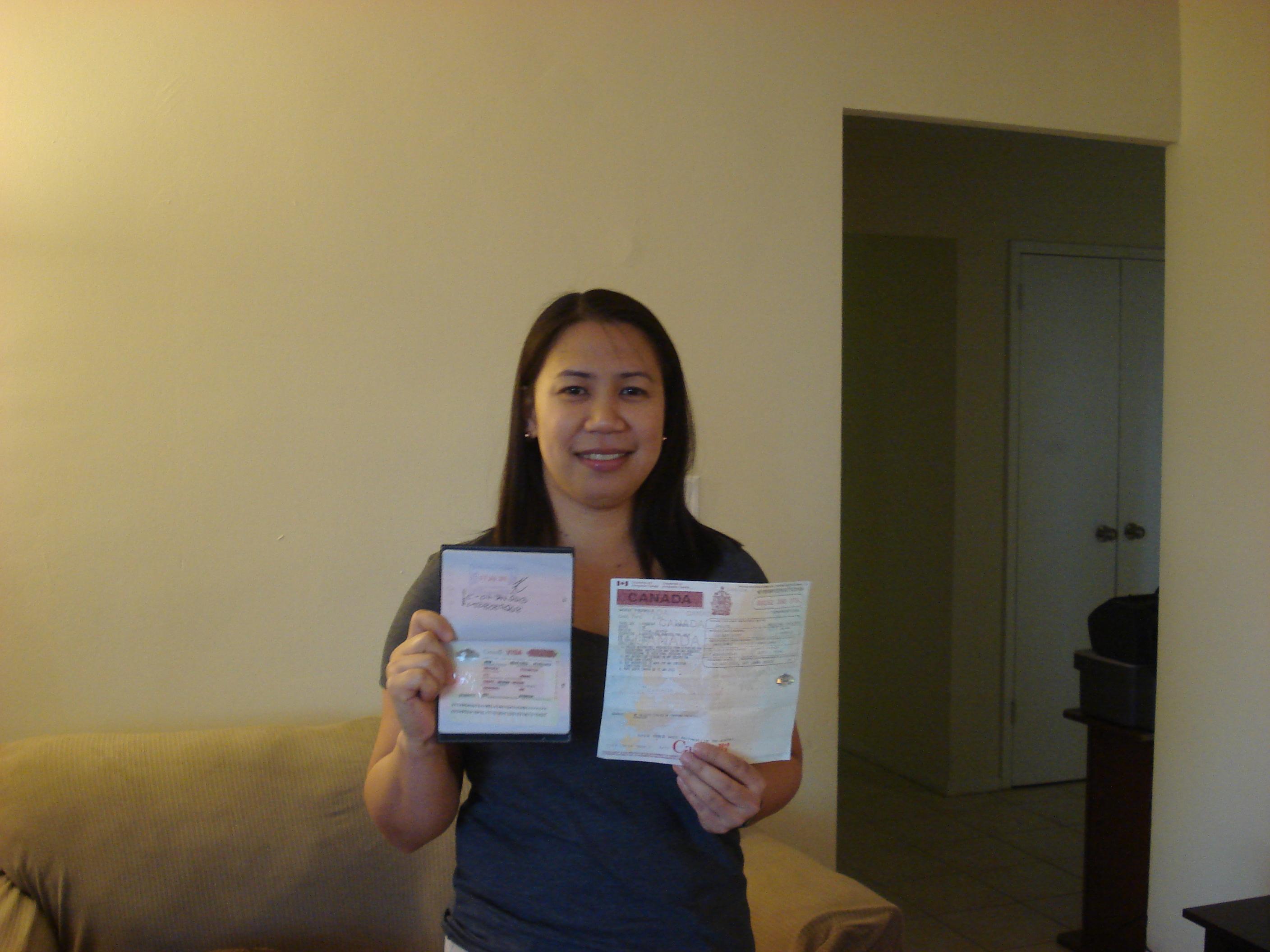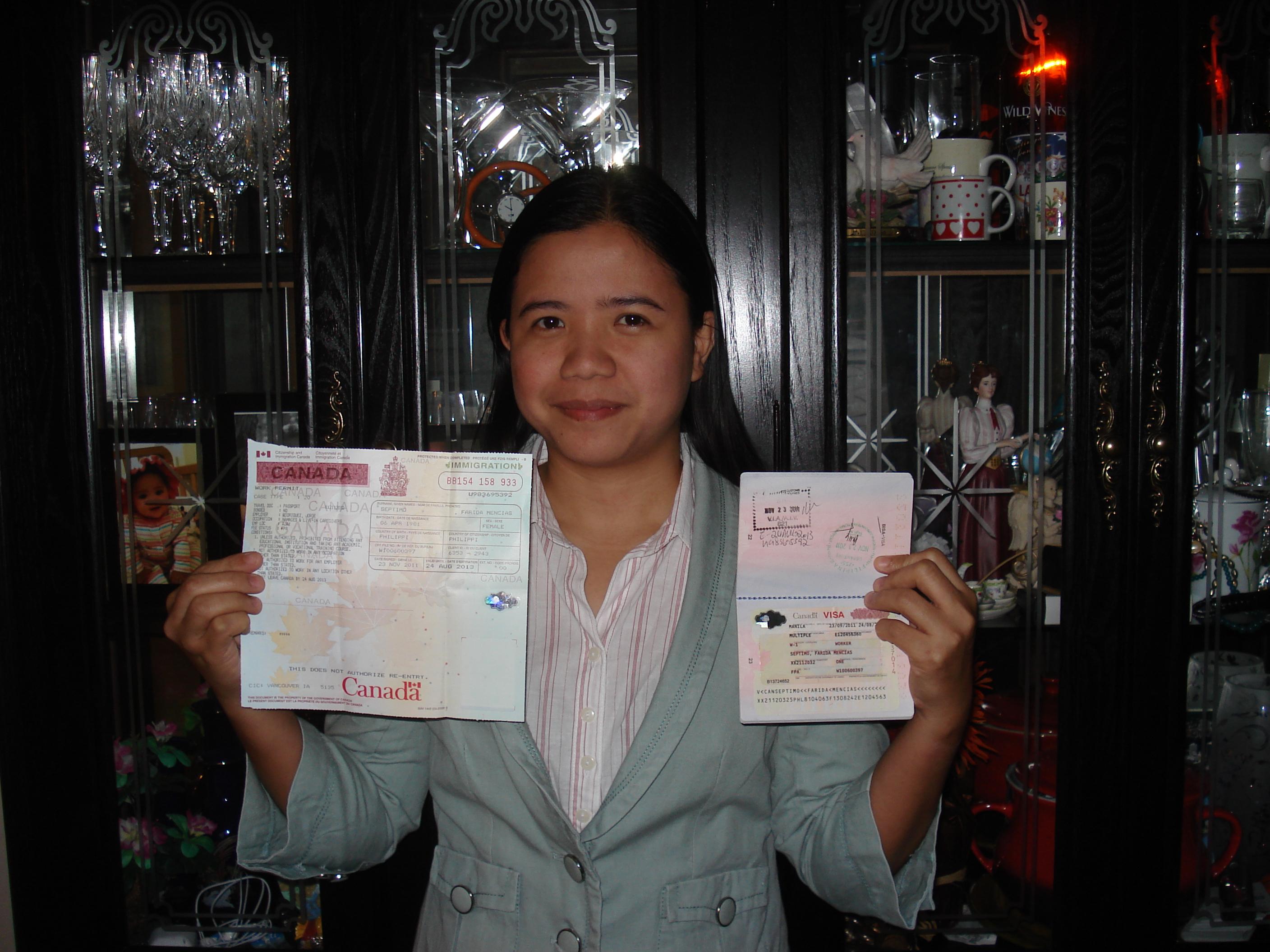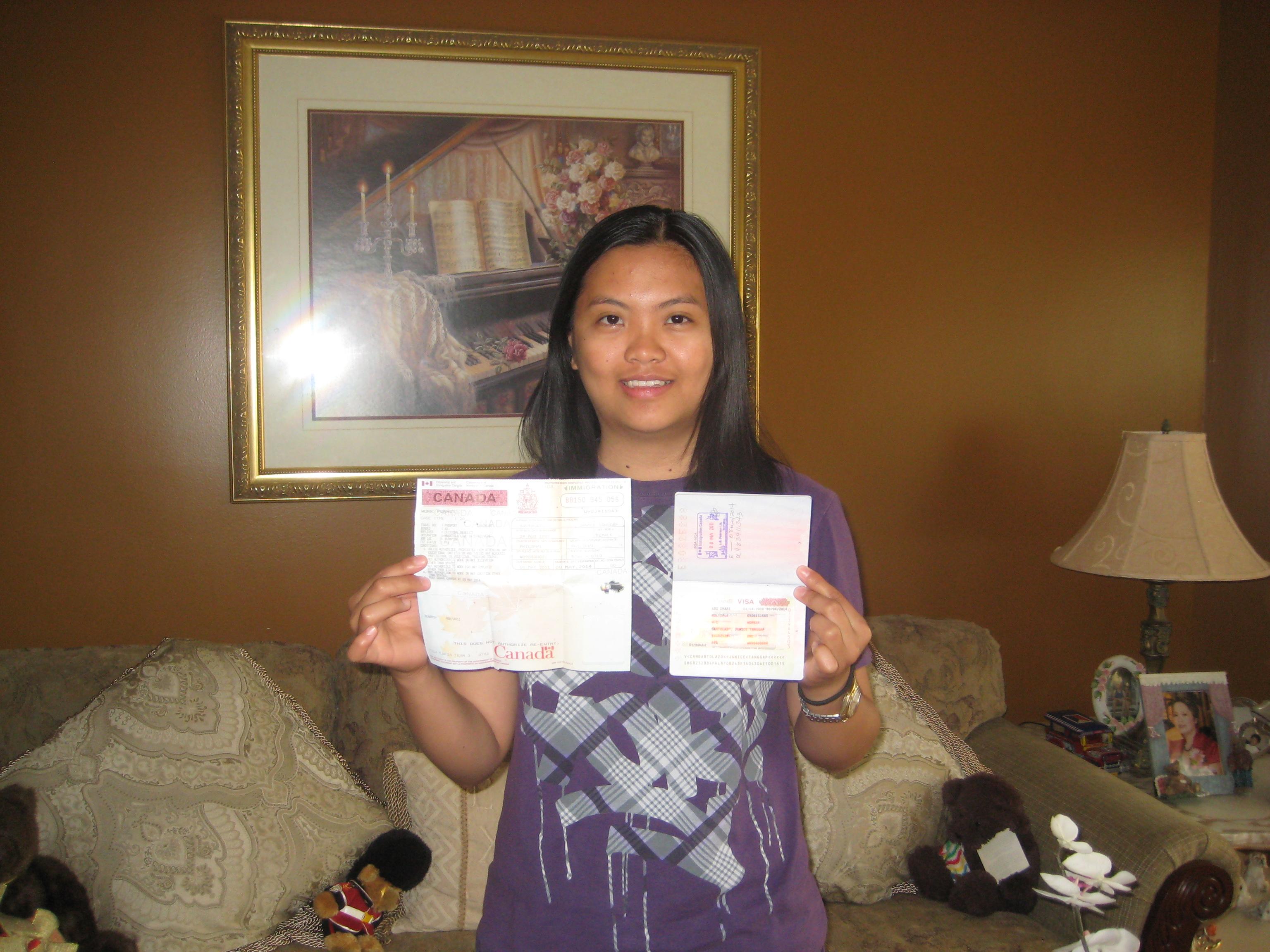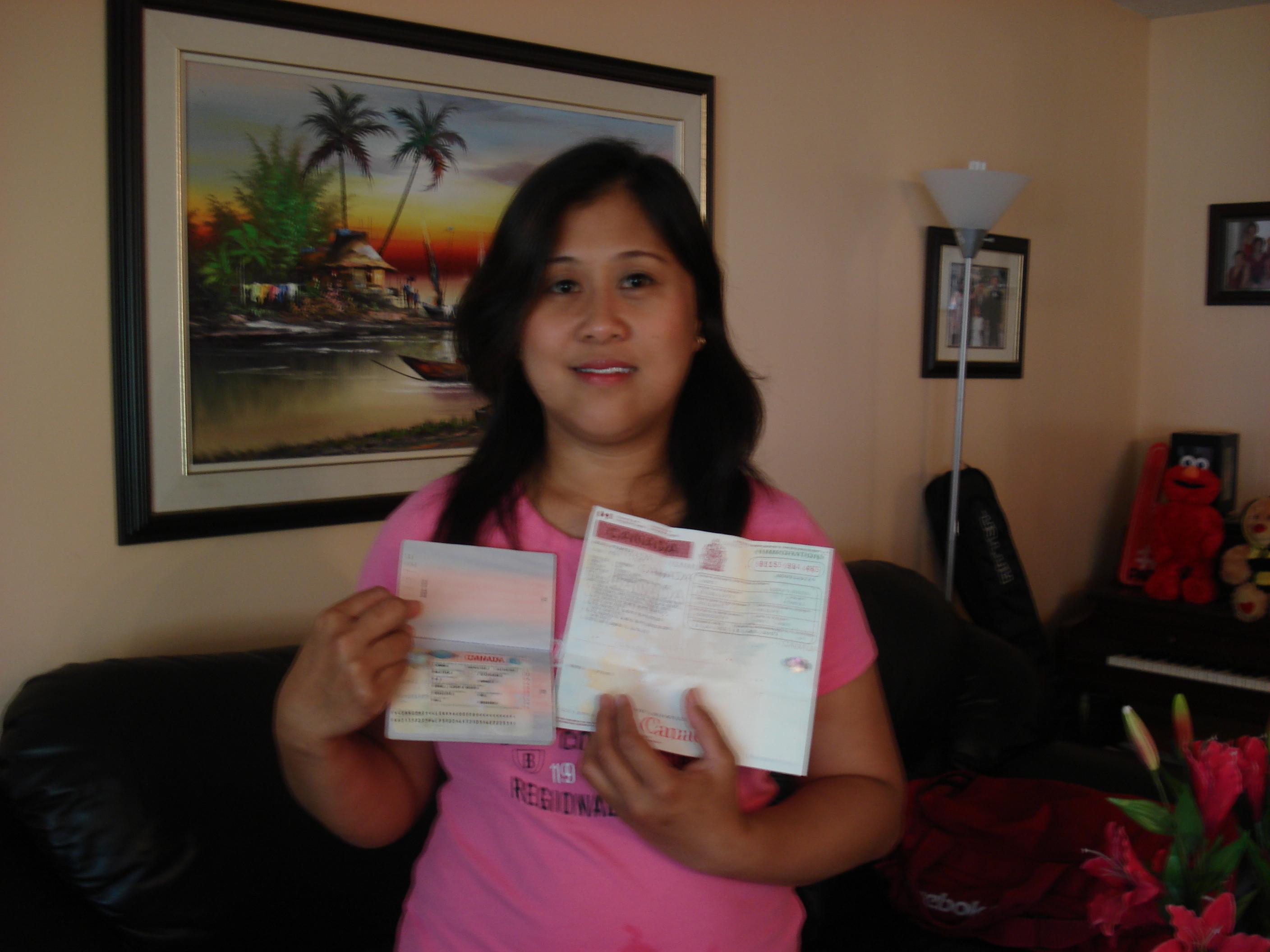EDUCATIONAL CREDENTIAL ASSESSMENT
Credential recognition is the process of verifying that the education, training and job experience you have obtained in another country are equivalent to the standards established for Canadian workers.
Here are some things you need to know:
- Qualifying to immigrate to Canada does not mean that your education, work experience and professional credentials are automatically recognized in Canada.
- Working in some jobs in Canada, including certain trades may require a license. To get a license, you will need to have your credentials recognized.
- You can start the credential assessment and recognition process before you arrive in Canada.
- Getting your credentials recognized takes time and costs money.
There are three main reasons you will need to get your credentials recognized – if you are coming to Canada as a Federal Skilled Worker, to work in a specific industry or trade, or if you are coming to Canada to study.
Immigrating as a Federal Skilled Worker
If you have come to Canada as a Federal Skilled Worker under the Express Entry program, you will need to get your education qualifications assessed, otherwise known as obtaining an Educational Credential Assessment (ECA). An ECA verifies whether your foreign degree or qualification is valid and equal to a Canadian credential. As a Federal Skilled Worker, you may also have to get your skills and training assessed to work in certain jobs.
Working in Certain Trades
There are two types of occupations in Canada: regulated and unregulated.
A profession which sets a certain standard for how the profession is practiced is called a regulated profession. In Canada, about 20 percent of jobs are in occupations regulated by the provincial or territorial governments. Through legislation and regulations, the provinces and territories give professional organizations the authority to regulate certain professions. The role of these organizations is to protect public health and safety and to ensure that professionals meet the required standards of practice and competence.
If you want to work in a regulated occupation and use a regulated title, you must have a licence or certificate or be registered with the body responsible for regulating your occupation in the province or territory where you plan to work. Some fields where regulated occupations are commonly found include:
- health care
- financial services
- law and legal services
- engineering
Other regulated occupations include skilled trades. Requirements for entry into a regulated occupation can vary between provinces and territories. They usually include:
- Examinations
- An evaluation of language and communication skills
- A specified period of supervised work experience
- Fees
Each regulated occupation sets its own requirements for getting a licence or certificate, usually through the provincial or territorial regulatory body or professional association.
A non-regulated occupation is one you can work in without a licence, certificate or registration. Most jobs in Canada are in non- regulated occupations. Requirements for employment vary between employers. It is up to the employer to decide whether the qualifications you have earned outside Canada are equivalent to the Canadian qualifications needed for the job.

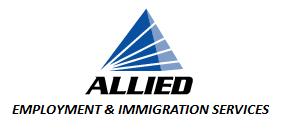
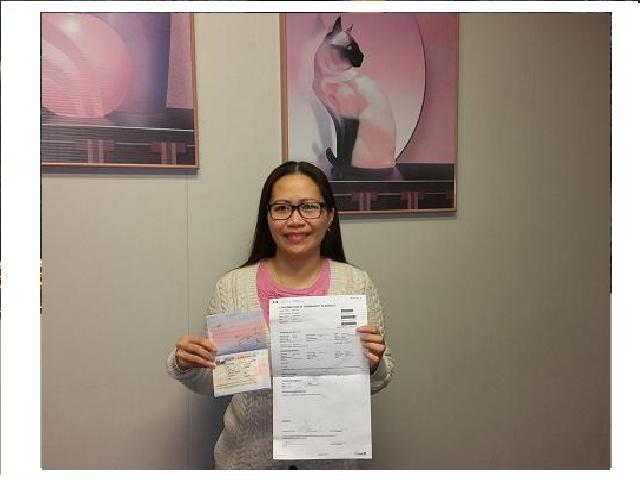
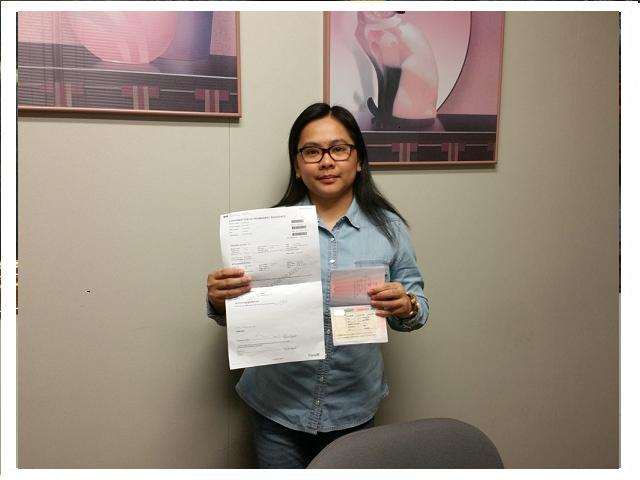
.jpg?template=generic)
